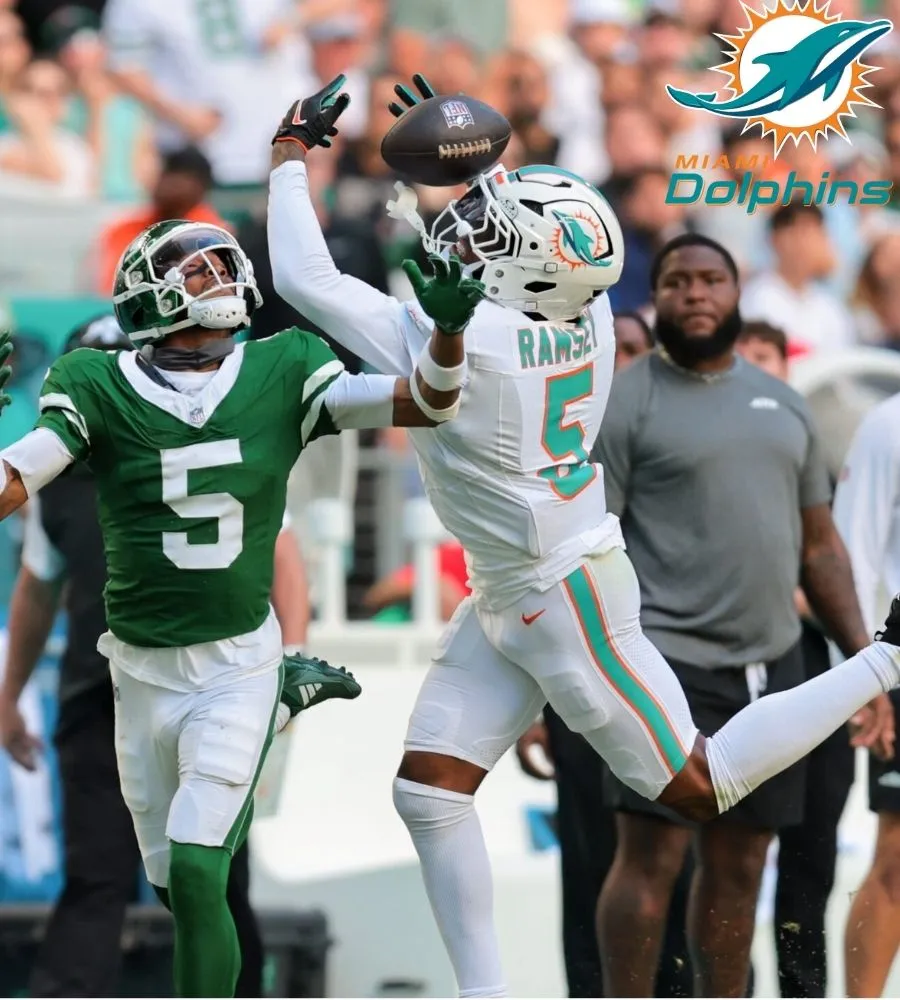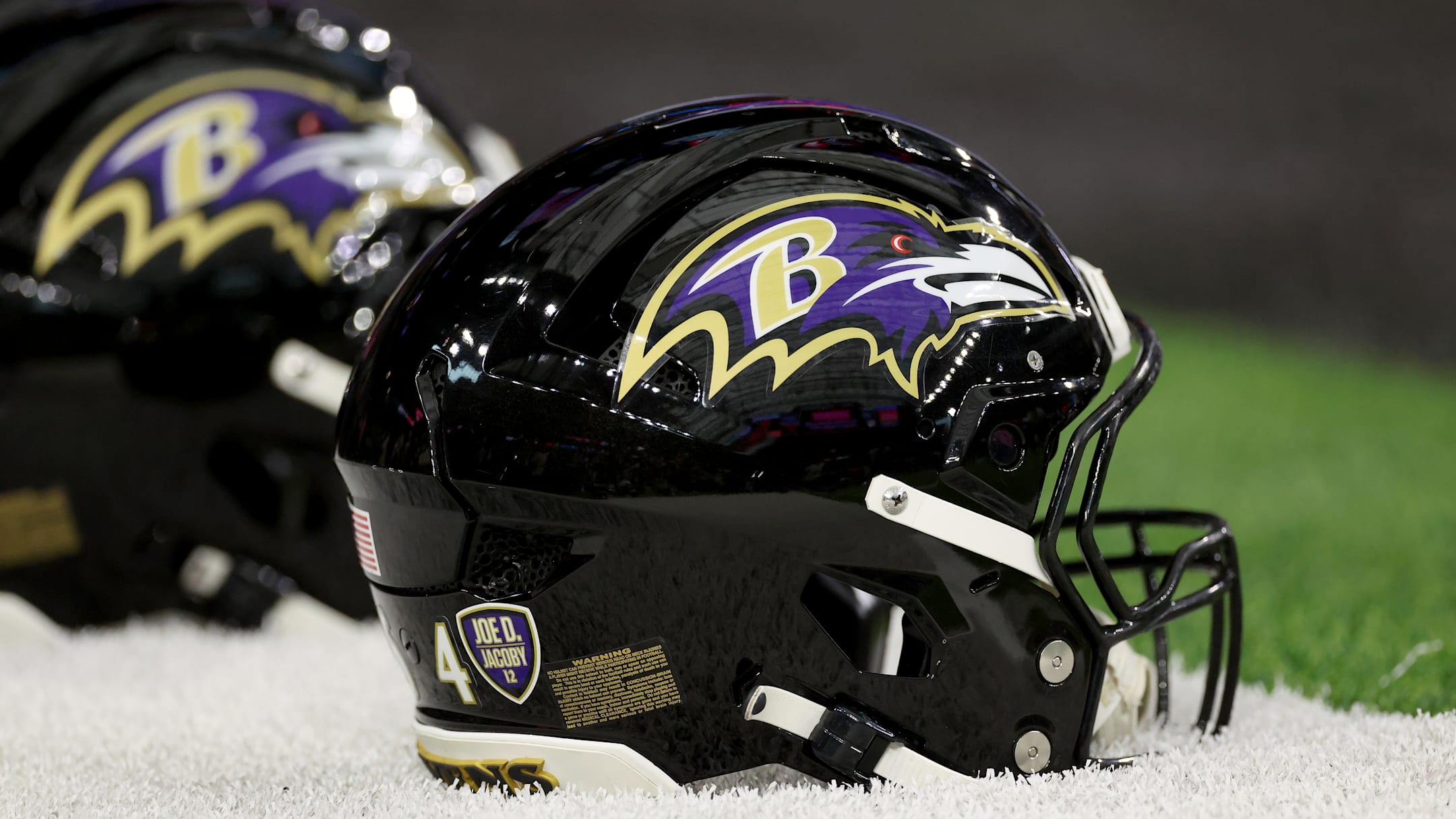
Very early in Wednesday's Bears OTA practice, the offense attempted a running play to the left side.
Running plays in OTAs can be important for learning run fits but not much more because there is no real contact or tackling in unpadded offseason practice. There is, however, shoving, pushing and leaning on people to some extent.
Big Andrew Billings pushed a little more and had the entire blocking scheme jammed up in the backfield before it started to form. Officials blew the play dead a yard or two in the backfield and defensive players flocked around Billings, hollering like it was a goal-line stand at Soldier Field in December.
There is extensive debate among Bears fans now about how the defense might need one extra edge pass rusher, but what the defense has done personnel-wise to shore up the run defense may go a lot further toward stopping opponents than a third or fourth edge rusher who might make four or five sacks.
Defensive coordinator Dennis Allen brings a different type of more aggressive scheme but what's important in his scheme was important in their last defense and the one before that.
“We understand that we have to stop the run to rush the pass, and everybody likes to rush the pass but you got to stop the run first," defensive end Montez Sweat said. "So that’s definitely a big emphasis in his defense and that's what we plan on doing.”
It's obvious what Sweat said is true. One-dimensional offenses become easier to stop.
Stopping the run is a violent act and mentality that leads to effective overall defense.
Last season 10 of the top 11 run defenses made the playoffs, including the top seven. Only four of the top 10 pass defenses were on teams that made the playoffs.
The Bears collapsed to 28th in total rushing yards allowed (2,317) after they led in 2023 (1,468). They were next to last against the run in 2022 (2,674).
The difference partly was losing defensive tackle Andrew Billings to a pectoral tear, and coach Ben Johnson has remarked about how his own Detroit offense could feel the absence of Billings up front in the two games they faced the Bears last year.
So getting Billings back helps, but he's not the end-all as a run defender. After a fast start, they had fallen off to 14th against the run through the game Billings suffered the injury, so they were less effective anyway. Then they fell another 14 spots.
Billings wasn't the only run defender they lacked.
They missed Jaquan Brisker's run support at safety, but they also didn't have Justin Jones anymore. Their former 3-technique had gone to the Cardinals and without both Jones and Billings inside, and with Gervon Dexter not really a big contributor stopping the run, they collapsed.
The Bears defense had 22 tackles for loss from Jones in his two seasons, a task 3-techniques are supposed to provide in that scheme. Last year, without Jones and with Billings missing half the year, their top defensive tackle in TFLs was backup Byron Cowart with five.
It's why Grady Jarrett's acquisition was so important.
"First of all, he’s tough," defensive line coach Jeremy Garrett said. "That’s the standard for our D-line. We want to be tough. He’s explosive. He’s violent. He’s a very instinctive player and a playmaker. We see that on tape and we love that about him.
"And he’s a dynamic leader, but he also has put the work in. He has earned that role as a leader. It’s not that he’s showing up and saying, 'I’m Grady.' He’s putting the work in. He loves ball. He loves being part of a team and he loves helping those around him get better as well as himself."
Also, drafting Shemar Turner were important as the backup 3-technique, considering Garrett is in his 30s. Acquiring a stout edge in Dayo Odeyingbo was also critical.
"So, really looking forward, first of all, we want to see a tough group, a tough defense in general," Garrett said. "That starts up front. Mentally tough, physically tough. We want to see relentless pursuit. We want to strike blocks. We want to attack up front. We want to knock guys back."
Stopping the run makes rushing the passer easier.
The Bears defense believes its made major strides back toward that goal even without the extra rotational edge rusher added.


-1749915518-q80.webp)
